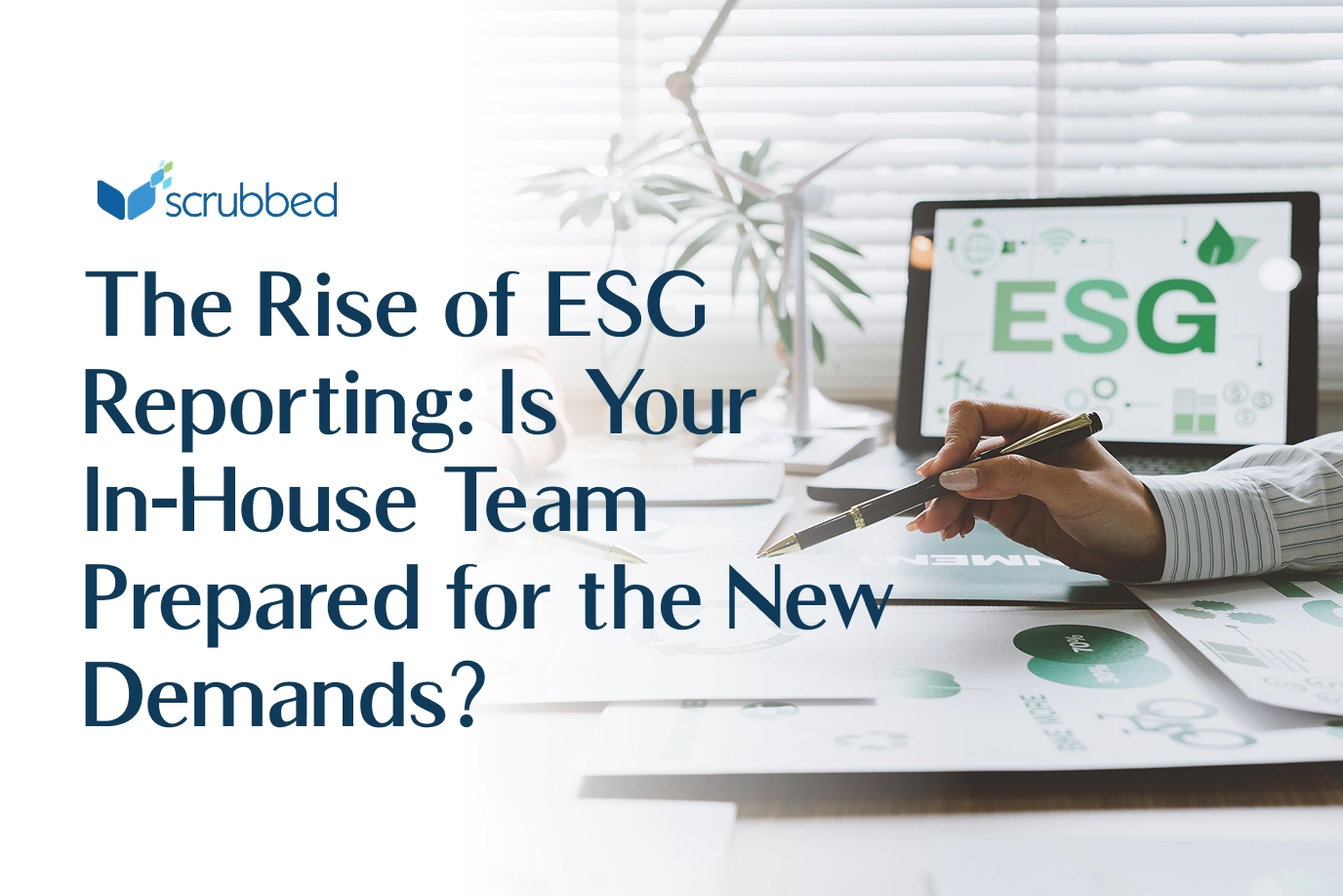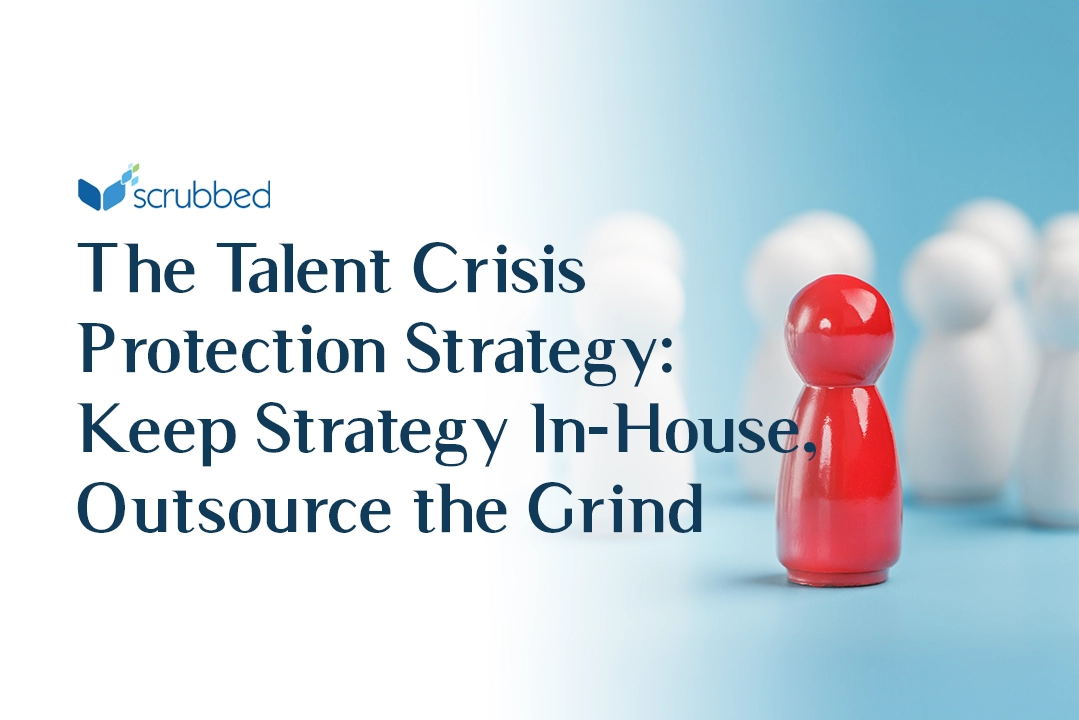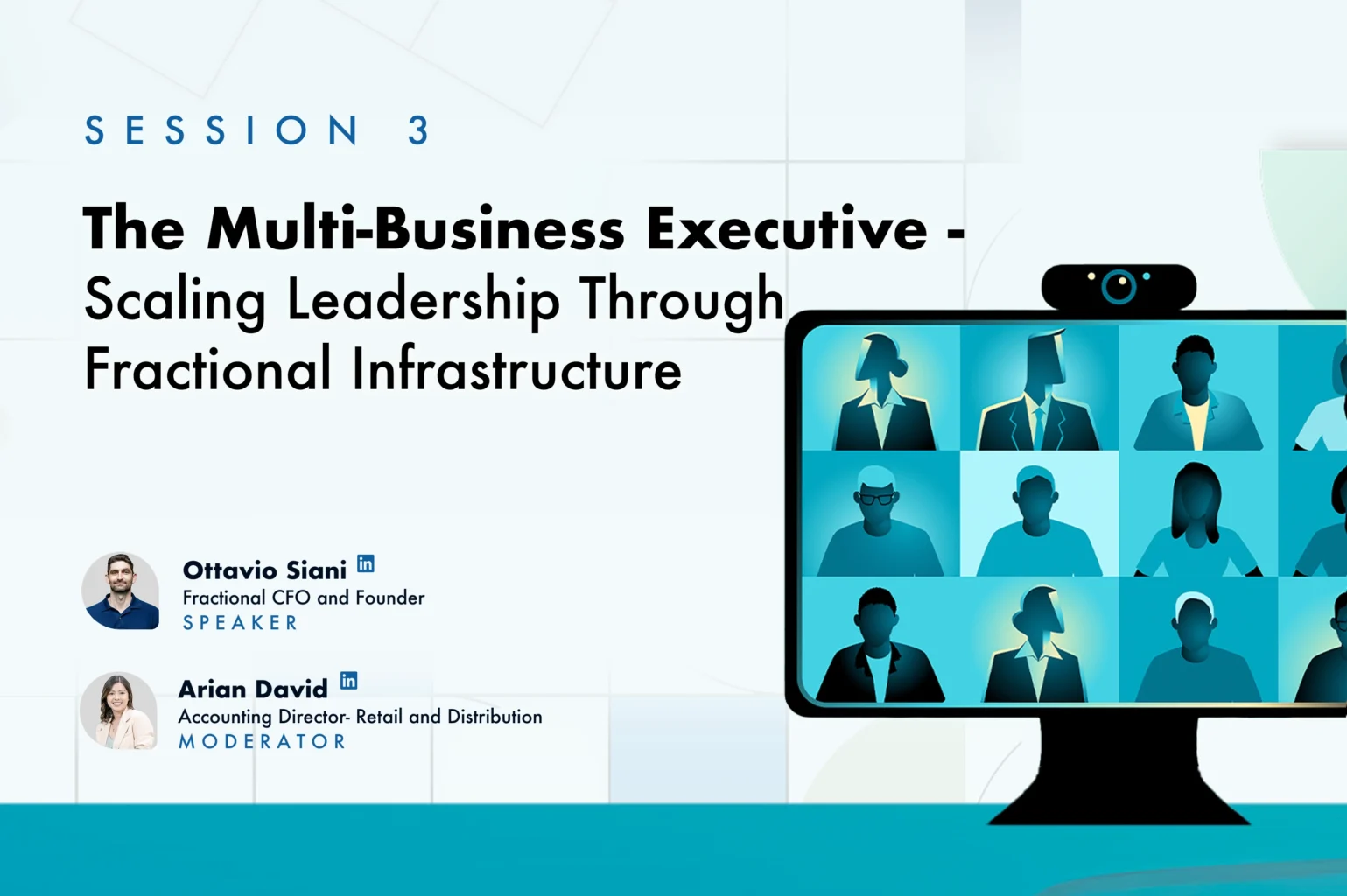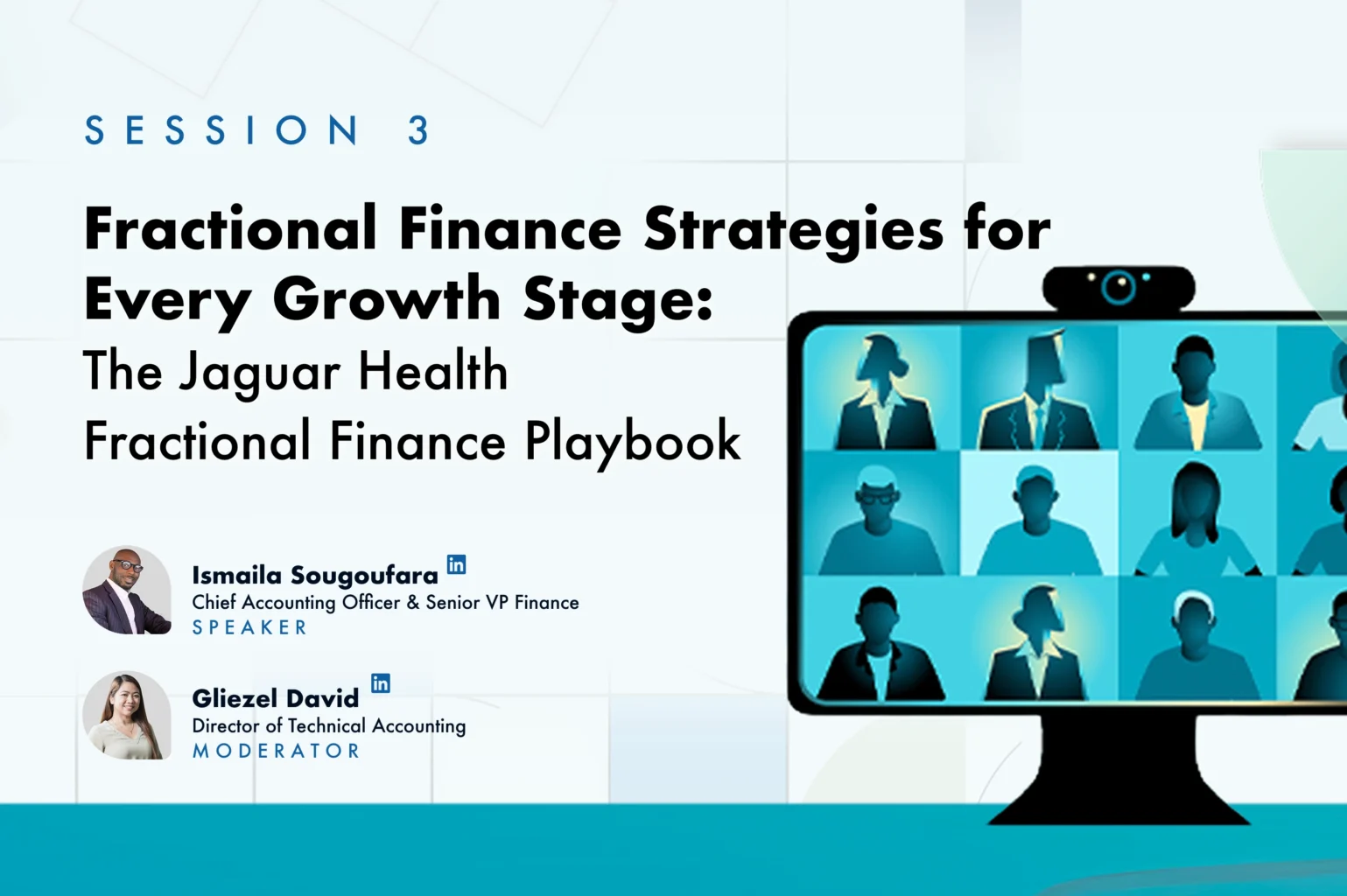At Scrubbed, we have extensive experience helping SaaS businesses achieve financial success. We’ve combined our knowledge and best practices into a clear and actionable 6-part series designed to maximize your profitability.
This third installment focuses on financial forecasting and planning strategies tailored to SaaS businesses.
Looking for Expert Accounting And Finance Support For Your SaaS Business? Click here!
In the dynamic SaaS world, recurring revenue fuels growth, and accurate financial forecasting and planning are vital for steering your venture toward success. Your financial model serves as your compass, guiding you with clear insights into the financial impact of every choice but staring down a blank spreadsheet can feel daunting, so we’ve gathered some best practices to help you craft a model that will support your growth goals.
1. Build Your Financial Model
Financial models are the bedrock of informed decision-making in any business. They provide invaluable insights into the financial impact of your every move, allowing you to move strategically towards growth and profitability. Some of the areas where they provide valuable insight are:
- Pricing strategies: Models let you test different pricing options and pinpoint the sweet spot between maximizing revenue and attracting customers. You can consider factors like costs, volume, and customer segments to tailor pricing strategies for different user groups.
- Hiring decisions: By forecasting future needs and analyzing costs versus benefits, models help you build the optimal team size and skillset. This ensures you have the right workforce in place to support your growth plans without overspending.
- Investment opportunities: Models equip you to assess the financial viability of potential investments, allowing you to prioritize projects, manage risk, and allocate resources strategically. This ensures you invest in opportunities with the highest potential return, maximizing your impact with limited resources.
In essence, your financial model is your decision-making compass. It provides direction and clarity, guiding you toward success by revealing the financial implications of your choices. It needs to include:
- Revenue forecast: The revenue forecast identifies and predicts various income streams, including subscription fees, initial setup charges, usage-based billing, and additional services. It allows you to consider key factors like diverse pricing tiers, anticipated customer acquisition, and potential churn rates.
Analyzing historical revenue data is a fundamental approach to revenue forecasting for SaaS businesses. The analysis examines past trends, growth rates, seasonality patterns, and other historical metrics to identify patterns and extrapolate future performance. While historical data is your foundation, you should also integrate market analysis, growth plans, and competitor insights to paint a more complete picture.
a. Expense projections: SaaS businesses have unique cost structures, and you need to factor in some specific operating expenses:
b. Personnel costs, including development, sales and management teams, and customer support based on hiring plans and salary trends.
c. Marketing expenses should be linked to your acquisition strategy and target audience, including paid advertising, content marketing, and affiliate programs.
d. Research and development expenses, including salaries and benefits, development tools and software, and prototyping and user research. - Technology costs include cloud hosting, data storage, and security tools that are your virtual backbone.
- Cash flow projections: Cash inflows and outflows should be forecast over a specific period, considering factors such as operating expenses, capital expenditures, and financing activities. Cash flow projections help assess liquidity, financing needs, and overall financial health.
- Financial goals and metrics: Track and monitor key metrics such as Monthly Recurring Revenue (MRR), Annual Recurring Revenue (ARR), Average Revenue Per User (ARPU), Customer Acquisition Cost (CAC) to Lifetime Value (CLTV) ratio, and Churn Rate. KPIs provide insights into business performance and inform your strategic decision-making.
Don’t expect a clear, unchanging path. Regularly revisit and update your financial plan based on your actual performance and market changes. Think of it as a living document, not a rigid script.
While many components of a SaaS financial model are similar to models for other types of businesses, there are some key differences. SaaS financial models typically focus on recurring revenue streams, subscription-based pricing models, customer retention, and scalability. Additionally, metrics such as MRR, ARR, CLTV, and churn rate are unique to the SaaS business model and play a significant role in financial planning and analysis.
2. Stress-Test your Model
It’s important to prepare for different scenarios to be ready to weather or take advantage of changes in the market or your customer base.
Start by identifying the factors that significantly impact your financial health, such as pricing changes, churn rates, market growth, or competitor actions. Then, simulate various scenarios in your model to see how these key drivers affect your revenue and expenses. This will highlight potential risks and opportunities you might have missed.
Use data visualization to clearly and concisely present your sensitivity analysis findings to stakeholders, including charts and graphs to make complex data easily digestible.
3. Use Financial Planning to Inform Strategic Decision-Making
Your model should be a trusted advisor, guiding decisions on product development, pricing strategies, expansion plans, and resource allocation. Use it to test different options and find the one that maximizes your return on investment.
However, don’t fall into the trap of over-reliance. Be aware of your financial plan’s limitations and biases, and regularly update it with new data and market insights.
As the SaaS landscape evolves, so should your model. Regularly review and update your assumptions, projections, and drivers to ensure the model reflects your changing business environment.
Tips to Improve Your Financial Planning:
While it can sound daunting, strategic financial planning can increase your company’s sustainability, helping you make better decisions and improve your financial health. If you’re just starting out (or you’re looking to get more out of your financial planning), following these steps can help:
- Start simply and scale gradually. Don’t get bogged down in complexity.
- Collaborate with your team. Sales, marketing, and operations input create a comprehensive and realistic model.
- Embrace iteration. Your model is never truly finished. Continuously refine it based on new data and learnings.
- Stay ahead of the curve. Keep up-to-date with the latest trends in SaaS financial forecasting and planning.
Remember, your financial model is a powerful tool, but its effectiveness depends on the data you feed it and the insights you extract from it. By customizing and applying these tips, you can improve the value of your financial planning and forecasting and ultimately create a more sustainable business.
How Scrubbed Can Help With Financial Planning
SaaS businesses like yours turn to Scrubbed for accurate, high-quality accounting and finance services that enable them to plan, forecast, reduce risk, and grow. Our team is highly experienced in helping SaaS companies navigate the complexities of SaaS revenue and expense recognition, produce financials that satisfy investors and lenders, and develop budgets and forecasts that help you plan with confidence.
With this expertise, Scrubbed also extends its services to areas like nonprofit financial reporting, where accuracy, compliance, and transparency are critical for organizational sustainability.
With dedicated technical accounting support from our Scrubbed Accounting Group, Technical Accounting Group, Tax Group, and Corporate Advisory Group work together to take on your accounting and finance challenges, so you can focus on your core business: developing and delivering robust software that meets your customers’ needs.
Contact us to see how we can help you improve your financial planning to boost the success of your SaaS business.







